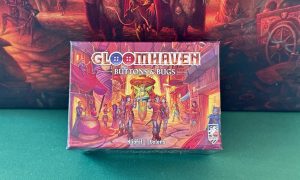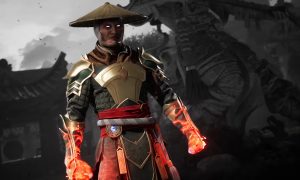Type-Moon’s Fate franchise has primarily dabbled in light and visual novels, the occasional anime and manga, but is probably best known for the mobile gacha game Fate/Grand Order. Who would’ve known that Koei Tecmo’s Omega Force division would go on to develop a musou-style video game in the Fate universe with their newest project: Fate/Samurai Remnant? In this large-scale hack and slash experience where it’s one-versus-thousands, you take on the role of historical ronin Miyamoto Iori during the Edo period of Japan. This standalone original title, which features new and returning characters from the franchise, is sure to satisfy fans and newcomers alike.
For those unfamiliar with the series, the Fate universe revolves around a concept known as the Holy Grail War, a battle royale where masters and their summoned spirits, known as servants, compete for the prize of having any wish granted to them. In this particular game, Iori is just a humble swordsman looking to get by in his mundane life in the Asakusa district of old Tokyo, until he is marked by a mysterious ink on his hand and attacked by some unknown assailants. Soon he finds himself tangled between the Waxing Moon Ritual (this game’s version of the Holy Grail War) as he discovers he’s one of the 7 masters competing in the war. Right as he is about to face his demise, Iori unknowingly summons his own servant, Saber, who comes to his aid.
I found the historical backdrop and several gameplay elements to be similar to Like a Dragon: Ishin! Firstly, both games are set in ancient Japan and have you assume the role of a real historical figure. Also, you can switch between five battle stances, each with its own characteristics that excel in different circumstances. The main difference is that instead of the Yakuza brawler-style type of combat, you have Musou. As with any Musou game, expect the combat to be flashy and addicting. The overall structure is a bit more strategic than most other games of the same genre, as you have to read enemy movements and react accordingly, rather than just button mash mindlessly. For example, enemies might charge up a deadly attack that flashes red, and you should retaliate by using a heavy strike to break their stance and stagger them.
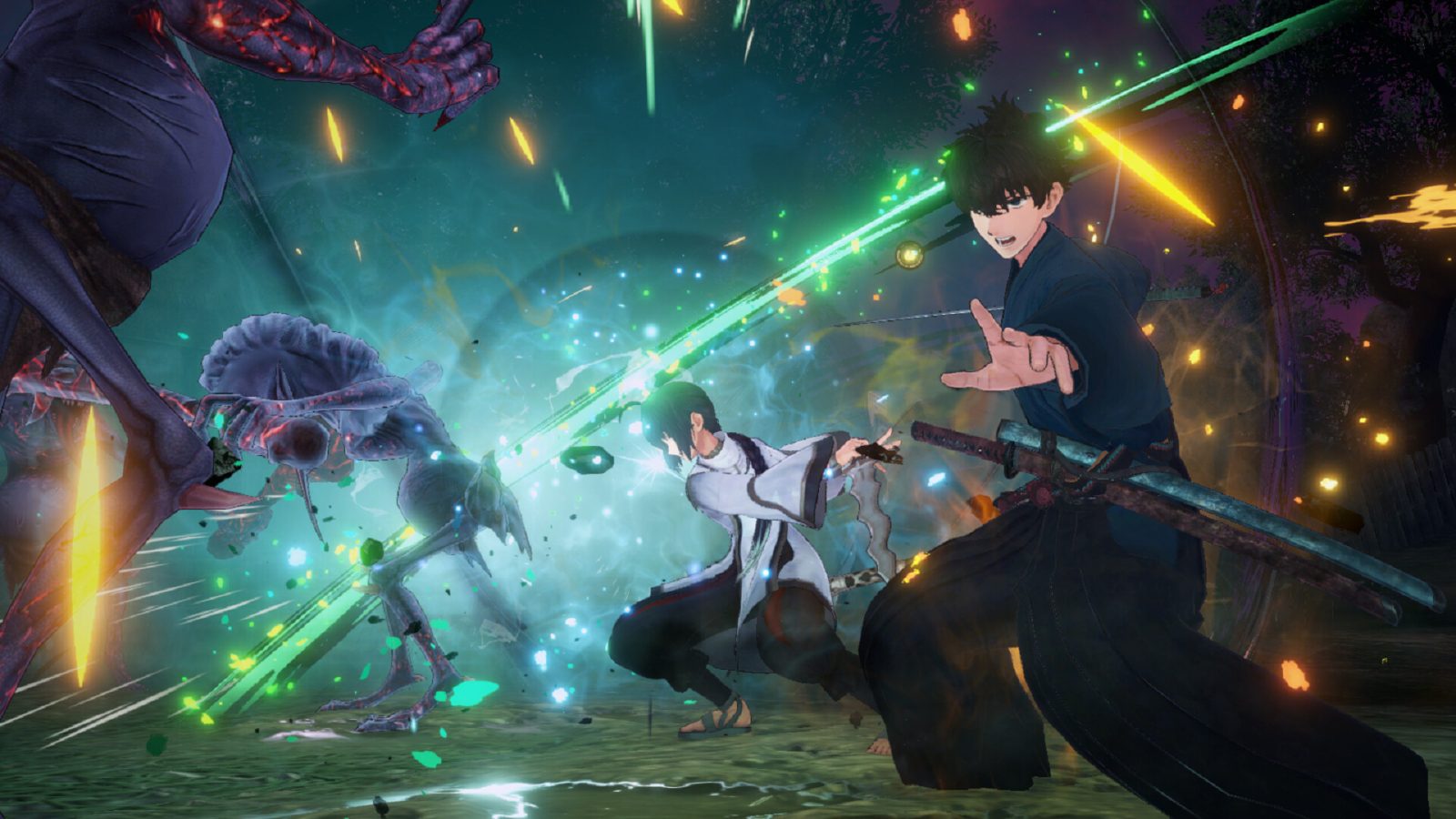
Combat goes much deeper too the further you progress in the game, as it introduces you to new mechanics and gimmicks. Aside from Iori’s swordplay, he also has access to magic based spells at the cost of magical gems, alongside the ability to perform an ultimate move once a meter is charged to full. Occasionally, depending on your bond level with Saber, she will beckon you to do a devastating special link strike attack. The true highlight of combat is when you actually get to take control of Saber, once a gauge is filled, and unleash her flashy arsenal of skills on your foes. The same logic goes for other servants you meet throughout the game as well, and is definitely a highlight of the overall gameplay.
There’s actually quite a lot of enemy variety, ranging from regular humans to big brutes all the way to demented creatures and undead soldiers. Certain enemies also have a special shield on them that can’t be penetrated by Iori’s basic sword, so you must rely on Saber to wither it down. Boss battles are also a grand spectacle, and no easy feat, as you have to learn their attack patterns if you want to come out alive. Button mashing gets you nowhere here.
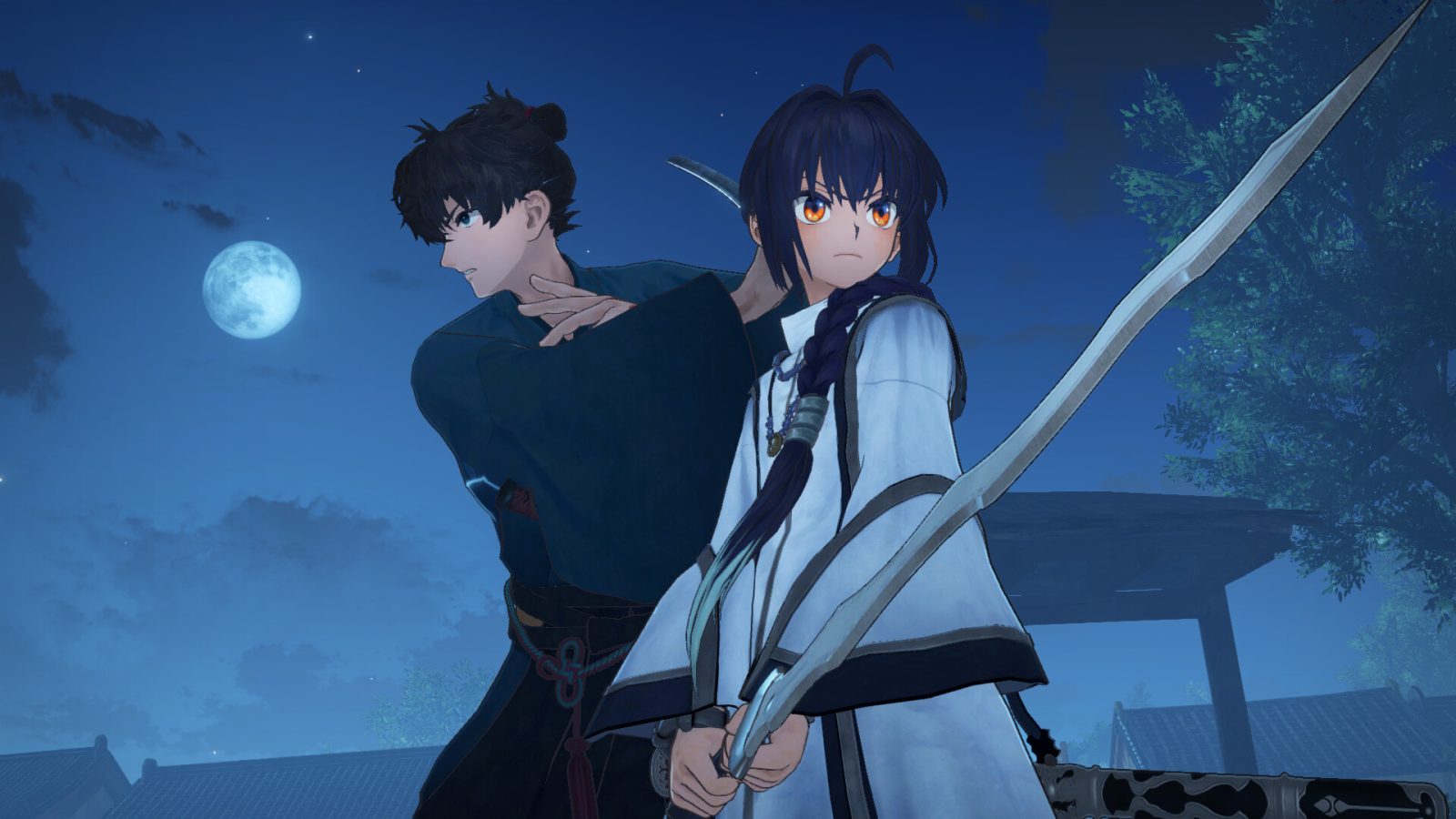
An area of critique I have when it comes to combat is poor camera management. More often than not, I found myself not being able to see where the enemies were or where I’m attacking because of the camera angle. Having to blindly press the attack button on enemies you can’t see is just not ideal or even fun in harder difficulties. I found some success after disabling the setting where the camera view is fixed on you when you attack or move. Aside from the aforementioned experience, I also found that most attacks provide no visceral or impactful feedback when executed, but that just might be because of the nature of the game. In addition, you have the ability to jump in this game, but I can’t quite fathom its usefulness overall.
A traditional based experience system has you level up and spend skill points in a fleshed out skill tree for both Iori and Saber. Furthermore, you can customize and upgrade Iori’s sword in terms of its handle, mount, grip, sheath, etc. Other bonuses can be obtained through exploration in the game’s gorgeous rendition of Japan in the mid 1600s. There’s even a strategic tactical mini-game where you advance on a grid to take control of spirit leylines against the enemy. You can travel freely between many beautiful districts including Ueno and Suidobashi, and interact with various residents to take on side missions, play mini-games, or just chat. Oh I forgot to mention there are tons of cute cats and dogs for you to pet, and you even get a little reward each time you do it too! Omega Force has done an exceptional job at making a world that’s so alive and lived in, with every little thing you do feeling like it’s time well spent.
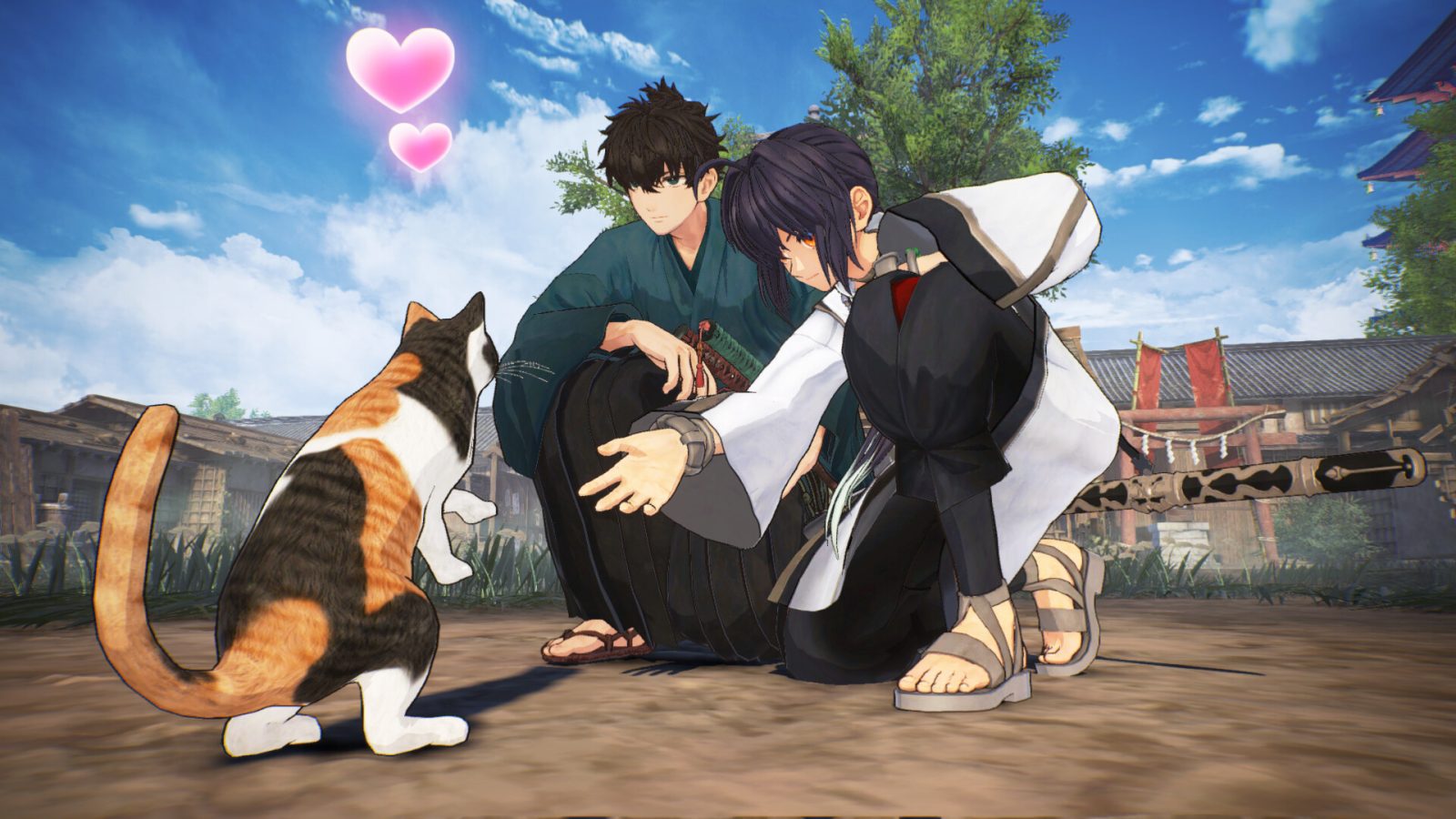
Several real-life historical figures, albeit with a supernatural twist, are depicted in Fate/Samurai Remnant, including Miyamoto Musashi and even Joan of Arc. Narrative and overall storytelling is extremely heavy in this title, as the developers put extra emphasis on character development and worldbuilding. This is especially true as we get to see the relationship between Iori and Saber blossom, not just as combat partners, but also as companions. When you’re not out exploring the open-world or getting into combat brawls, you’ll be sitting through tons of visual novel style dialogue sections that push the story forward. This might not sit well with those looking for a primarily action-focused game, but fans of the Fate series are sure to find this to be a treat. The game takes its time setting up important plot points and context, so much so that it feels like a slow-burn.
Technical performance-wise, Fate/Samurai Remnant fares quite well on the PlayStation 5, with quick load times and stable frame rates. That being said, there are a ton of loading screens and not a whole lot of seamless transitions. It’s not the type of game to really push the graphical limits on the hardware, but the anime visuals are crisp, detailed, and expressive. Note that this game is only voiced in Japanese, as there is no English dub, but there are subtitles. The game offers 3 difficulty levels that can be changed at any time: Sword Novice, Sword Fighter, and Sword Expert. There are also options to change text speed and even remap controls, which is a huge plus in terms of accessibility. This game is filled to the brim with content, and players can easily put in over 100 hours if they want to 100% everything.
An avid enthusiast of both tabletop and video games, finding endless joy in exploring different realms of entertainment!

Fate/Samurai Remnant makes a worthwhile addition to the Fate series, as it expertly intertwines Musou-style combat with a unique historical backdrop all to tell a twisted take on the Holy Grail War. Those who are fans of the franchise are sure to enjoy its narrative rich dialogue and colorful cast of characters, but those just looking to jump into the action might find this experience a bit of a slow-burn.
PROS
- Beautiful rendition of ancient Japan
- Excellent character development
- Addictive and flashy combat
CONS
- Narrative-heavy dialogue may not sit well with some
- Finicky camera issues
- Lots of loading screens
See below for our list of partners and affiliates:










